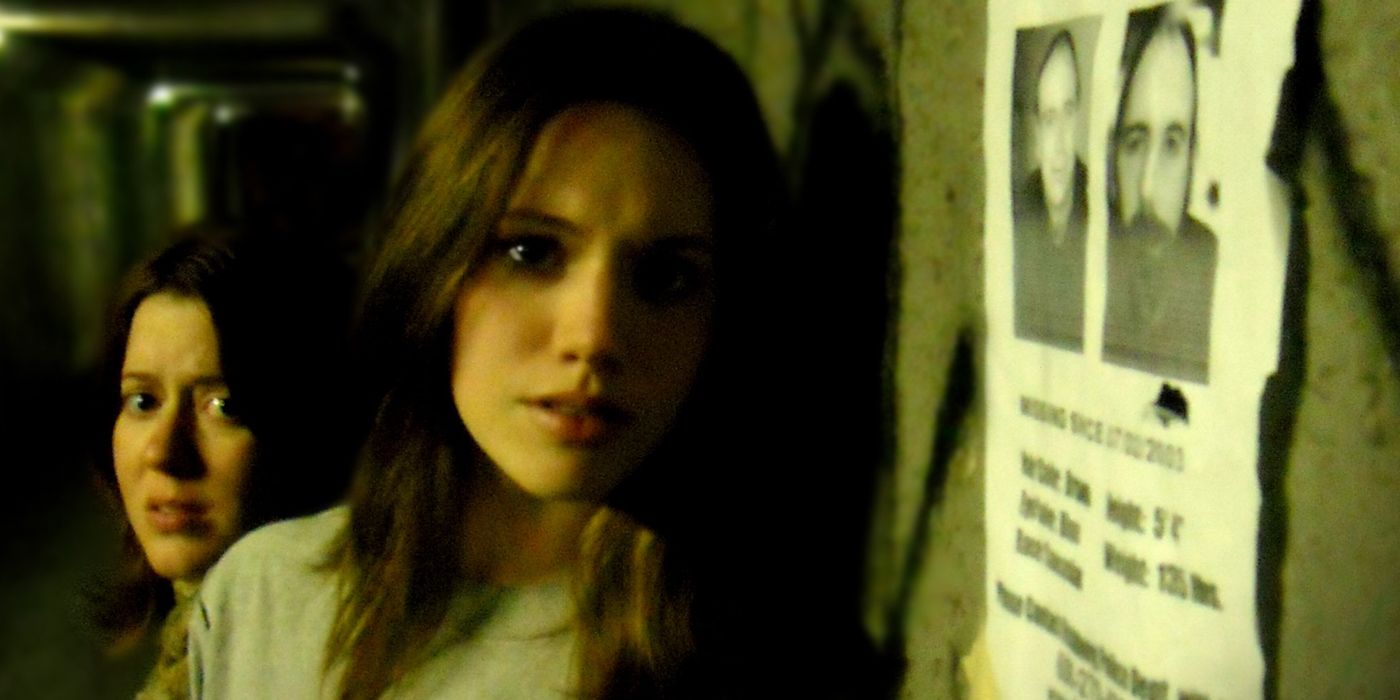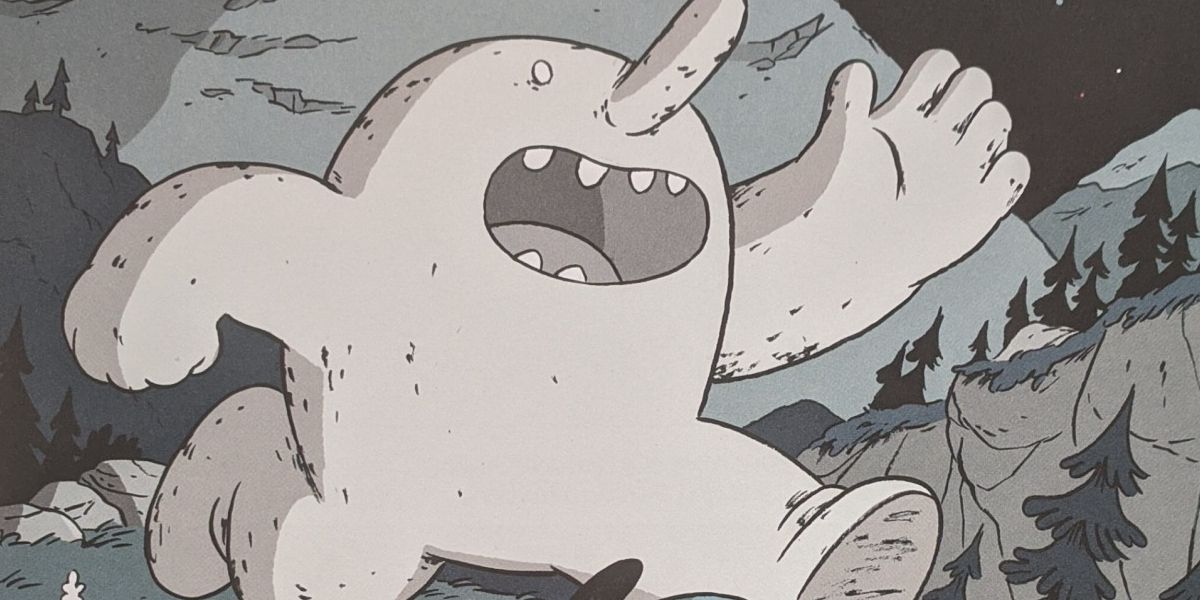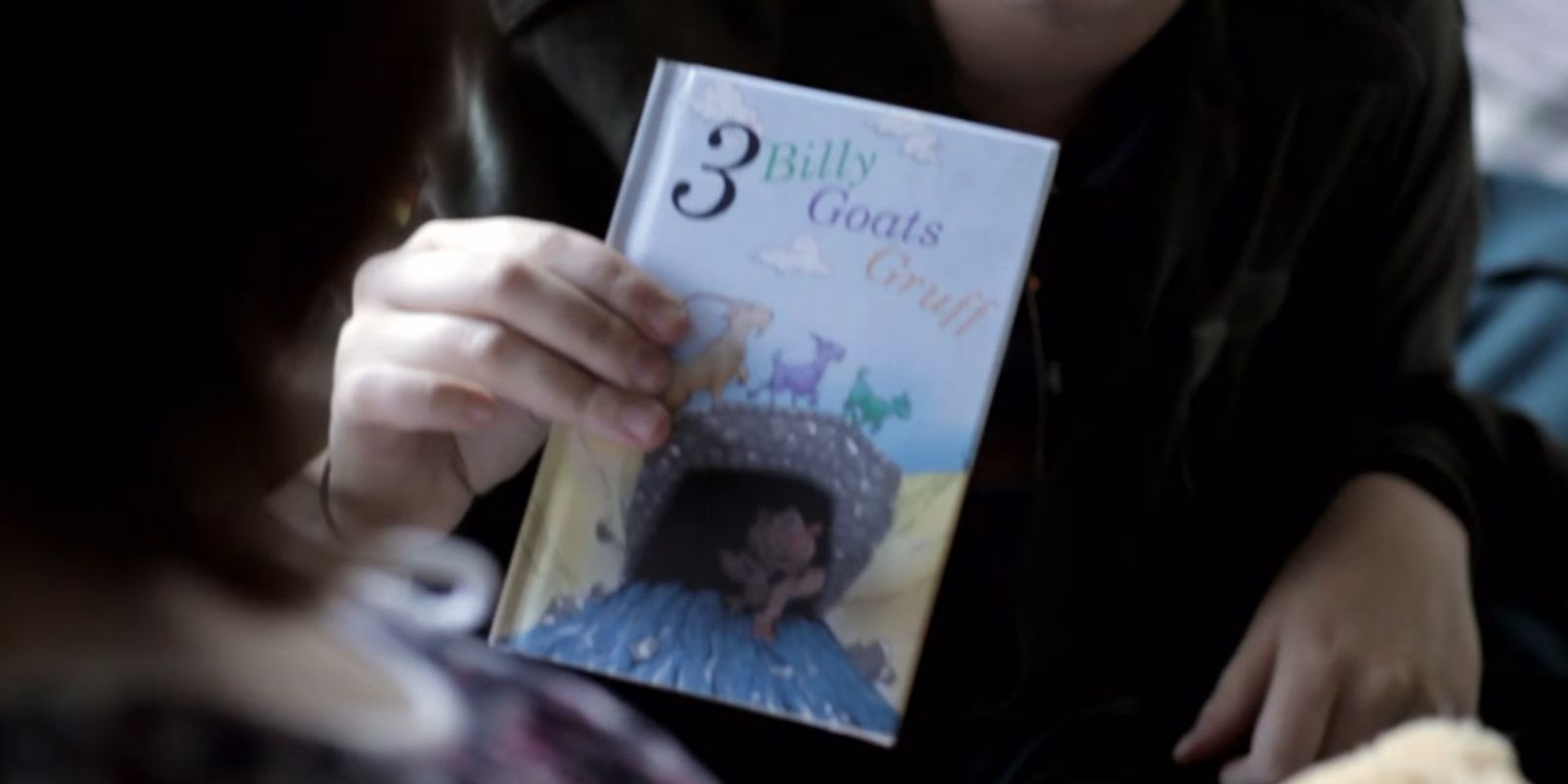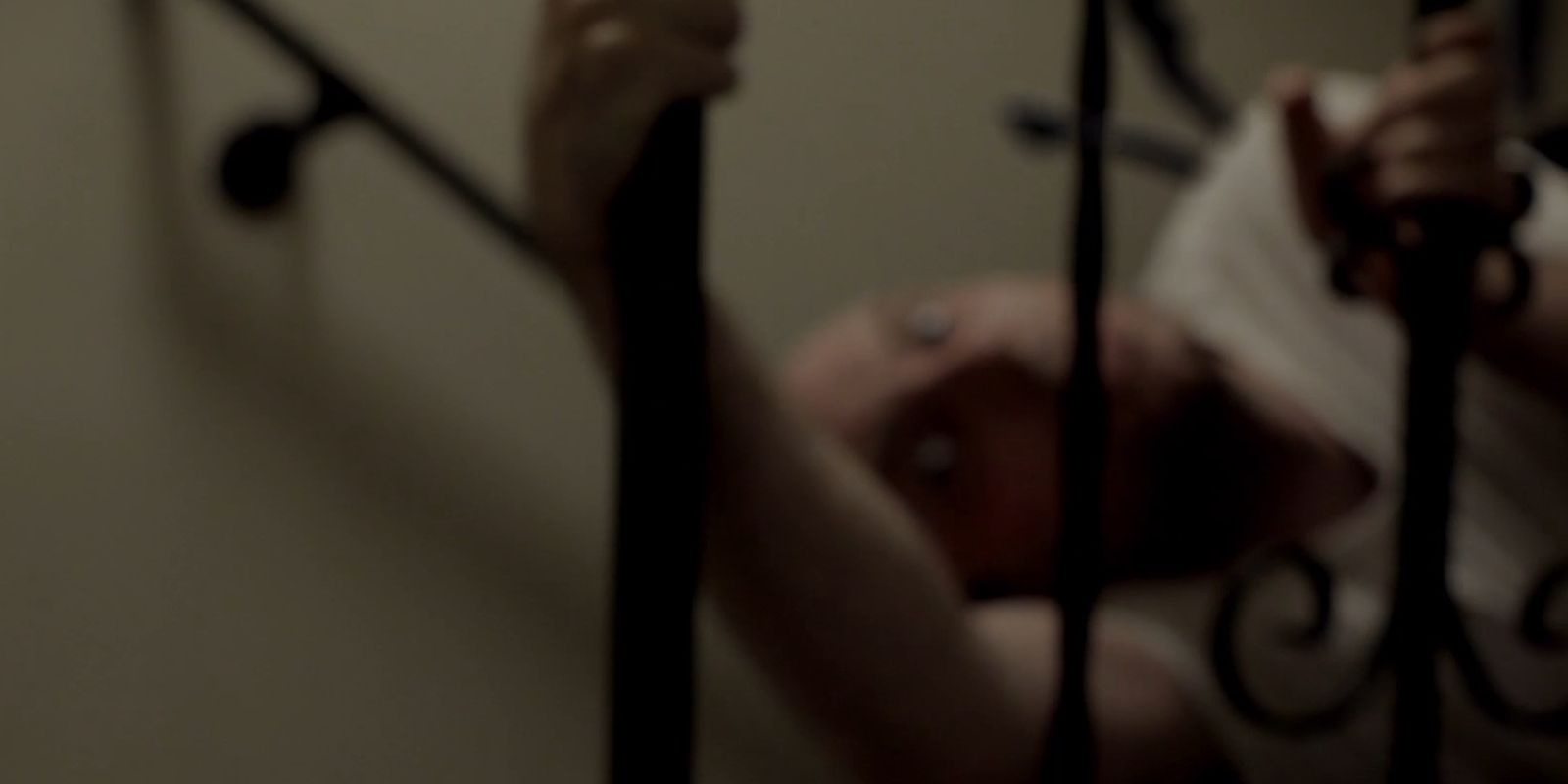While Mike Flanagan's works center on complicated relationship dynamics in the face of growing horror, he is also known for his creative adaptations of older stories and legends. One of the central mysteries of Flanagan’s first film Absentia is what creature lurks in the shadows. The answer to that question does not come until the final third of the movie; however, there are clues throughout the film that a troll or a troll-like creature is the ultimate monster that continues to roam free at the end of the film.
While Flanagan draws upon multiple legends of creatures that steal people from their homes, the main source of his inspiration is "The Three Billy Goats Gruff," a children's tale that Flanagan reimagines to terrifying effect. With that inspiration in mind, let's first examine the folklore basis for Absentia and then see how Flanagan adapts trolls for a modern audience.
Trolls in Folklore
As Dr. Ben Gazur explains in "A Brief History of Trolls," trolls predate humans and have some connections with giants in Scandinavian legends. While there are some throughlines between troll legends that depict them as beings cast out from normal society, Gazur argues that trolls lack a clear identity precisely because the term has been used to describe so many different folklore creatures. Thus, trolls inhabit a varied place in modern pop culture.
Recently, there have been many works that imagine trolls as friendly, such as Dreamworks' Troll film series. Other series, such as Netflix's Hilda, presents a nuanced version of trolls steeped in legends that ultimately show them as similar to humans, both good and bad. Other works, such as The Hobbit by J. R. R. Tolkien and the film Troll 2, make trolls antagonists that the protagonists must defeat. Flanagan presents a version of trolls that are decidedly an enemy to anyone who dares to cross their path.
While Flanagan's Absentia draws upon some of the same folklore influences as these works, his main source is the tale "The Three Billy Goats Gruff." The tale was first collected by Peter Christian Asbjørnsen and Jørgen Moe in the mid-nineteenth century. The story is also titled "The Three Billy-Goats Who Went Up Into the Hills to Get Fat" in some translations of their work, such as H. L. Brækstad's translation of Asbjørnsen's Round the Yule Log: Norwegian Folk and Fairy Tales published in 1881. With its focus on consumption, this title provides a key clue to Flanagan's version of the troll. In the story, three billy goats, all named Gruff, attempt to cross a bridge inhabited by a troll who wants to eat them. Each brother trades their safe passage with the promise that the troll will be able to eat a larger, more filling billy goat if the troll waits for the next brother to cross. Finally, the oldest brother crosses, but he is large enough to defeat the troll and safely guide his younger brothers to greener pastures.
How Mike Flanagan Adapts Troll Legends in Absentia
The focus on consumption and the possibility of trade guides Flanagan's reimagining of trolls for a modern audience. The first clue pointing toward Flanagan's inspiration comes at the beginning of the film. Callie arrives to help her sister Tricia declare Tricia's husband Daniel dead in absentia because he has been missing for seven years. Tricia is currently pregnant, so Callie brings Tricia gifts for her baby, including the children's book, The 3 Billy Goats Gruff, based on the folktale. While the book itself is a typical gift for a child, this particular book is the main clue toward the creature's identity.
When Callie goes for a run the next day, she meets an injured and malnourished man, Walter Lambert, in the tunnel near Tricia's home. He is distraught and clearly surprised that Callie can see him. He thinks that "it" is sleeping and says "trade" as he begs for help. Whether Walter is asking Callie to make a trade for him or if he instead is offering Callie as a trade for himself is unclear, but he also asks Callie to reach out to his son as she walks away. However, Callie brings food to the tunnel later because she wants to help Walter. With this kind act, Callie unwittingly begins a trade dialogue with the tunnel troll and ultimately seals her family's doom.
Thus, while Daniel's return midway through the film seems connected with the finalization of his death certificate, it instead connects to Callie's trade relationship with the creature in the tunnel. When Daniel returns, he is severely malnourished and traumatized, both physically and mentally. At first, Daniel claims to have no memory of the seven years that he has been missing, only stating, "I was underneath." However, when Daniel sees The 3 Billy Goats Gruff in Callie's room, he begins to open up about the creature. Up until this point, Flanagan includes seemingly throwaway elements, such as a spider's growing web and the chirping of insects, that coalesce as evidence of the creature's heightened focus on Callie. Daniel acknowledges this focus and Callie's role in his escape when he tells her, "You traded with it. I wish you didn't trade with it. It-it fixates." Ultimately, Callie's food trade only buys Daniel a brief reprieve, and the creature takes Daniel back to its tunnel, this time for good.
The monster itself varies from folklore because it is more insect-like. Before Daniel is taken, he tells Callie, "It's more like an insect. It has skin like a silverfish." Daniel also reveals that the creature lives in the spaces in between, and Daniel can hear it in the walls of his home. Callie, who is high at the time, has a hard time processing what Daniel is trying to reveal, but this moment shows that Flanagan is reimagining trolls as arachnid or insect-like monsters. Flanagan never shows the monster in full, a choice that ultimately makes it more terrifying precisely because the audience's imagination can conjure images far more horrifying. The few shots that are included are blurry, partially because they are from Callie's point of view. However, the creature appears to have fingers that look like spider's legs.
Devastated, Tricia must begin the process of declaring Daniel missing again, but she is unaware of the danger that she is in. Walter Lambert is found dead by the tunnel, and the creature needs someone to replace him. Walter's son, Jamie, brought animals to the tunnel earlier to attempt a trade for his father, and the creature may have technically given him his wish. Combining what she learned from Walter and Daniel, Callie tries to tell Tricia the truth of what is going on, citing multiple disappearances from Tricia's neighborhood over the past century. Tricia does not believe Callie, but the creature ultimately chooses to take Tricia into its lair. Callie assembles the information for Detective Ryan Mallory, the father of Tricia's baby, and attempts to trade herself for her sister. Instead, the troll returns the unborn baby and takes Callie for himself as well.
Thus, while Flanagan bases the monster in Absentia off of troll folklore, he adapts the creature to be more insectile and cruel. Flanagan also highlights the folklore dangers of bargaining with legendary creatures. The troll's trades technically fulfill the wishes of the people trading with it but ultimately fulfills them in the worst possible ways. Part Absentia's horror is, unlike Flanagan's later works, which often end bittersweetly, Absentia clearly ends with the monster still at large, despite Callie's attempted sacrifice.




